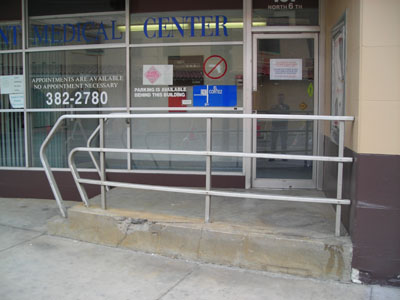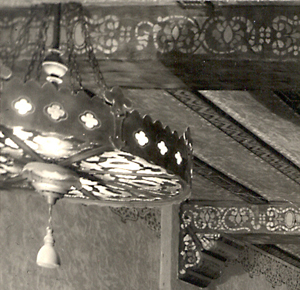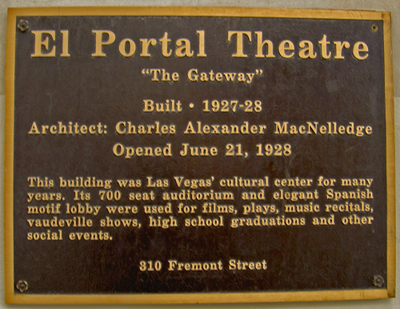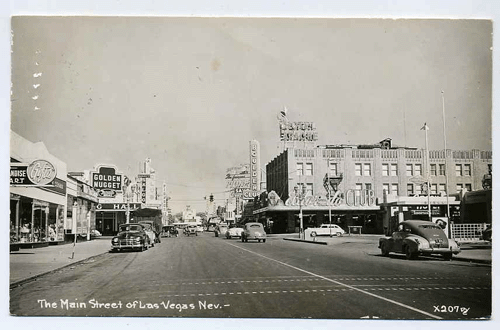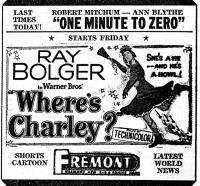Wayne Newton
It was here that a young singer, working with his brother, got his first taste for performing in Las Vegas. Wayne Newton was barely in his teens when he and his older brother, Jerry, caught their first big break and began performing in the lounge of the Fremont in 1958. Newton, who was too young to be in the casino when he wasn't performing, had to leave the hotel between sets. He could often be found across the street at the soda fountain in White Cross Drugs enjoying a coke or milk shake waiting for his next set to begin. Originally signed for two weeks, the Newton Brothers ended up playing the Fremont for five years, performing six shows a day.
By the mid-1960s, Newton had become a solo act and had been mentored by some of the best of old Hollywood, including Lucille Ball, Jack Benny (for whom Newton was the opening act when Benny took to the road), George Burns and Danny Thomas. When the Flamingo made him offer, he became a headliner and began working the Las Vegas Strip. His days of performing down on Fremont Street would be behind him from that point on.
The Fremont Hotel trades hands
Levenson and Lurie sold the Fremont Hotel in 1974 to a group headed by local businessman Al Parvin. They, in turn, sold the hotel to the Argent Corp. The Argent Corp. became notorious during the late 1970s and early 1980s for their ownership of the Stardust and Tropicana Hotels as well as their skimming practices. Nick Pileggi and Marty Scorscese immortalized that story, of course, in Casino. According to Dr. Green, Allen Glick the head of the Argent Corp. bought the Fremont for $62 million on a loan from the Teamsters. Though much has been written about the Stardust, Tropicana and the Aladdin's roles in the Casino era, the Fremont was caught up in the scandal as well. Glick and Argent were forced, by federal prosecutors and state gaming officials, to sell the properties and ordered to leave.
The new owners were unable to make a go of the Fremont and for awhile it looked like the hotels days might be numbered. However, Boyd Gaming stepped in and bought the property. Since then they have put a new neon facade on much of the exterior covering McAllister's beautiful mid-century design. However, the tower still has its original facade and gives a visual distinction to what the property once looked like.
When I was much younger, the Fremont Hotel did not take up the entire block. Next to the hotel was the Fremont Theater, the Las Vegas Booteryand Shoe Shine and the Desert Sands Pottery and Trading Post.
The Fremont Theatre
The Fremont Theater (approximately where the FDC Feeds Garage Dry Sign is today, was owned by the Nevada Theater Group and run by Lloyd and Edythe Katz. They also ran the Huntridge Theater on East Charleston at Maryland Parkway. The Fremont Theater opened in 1948. The seating capacity was reported to be 800 with a small balcony. Katz had come from Los Angeles after World War II. Katz had many Hollywood connections and a flair for showmanship. He loved to bring out the kleig lights and have old fashioned movie premieres.
The Las Vegas Story, Suddenly and Ocean's Eleven all premiered at the Fremont Theater. The Suddenly premiere had the added bonus of Frank Sinatra working the box office. Locals crowded into Fremont Street to see the men in tuxedos and women in fur coats and evening gowns going into the theater for the evening. The Ocean's Eleven premiere was held on August 3rd,1960 with the stars of the film in attendance. After the premiere, the party continued as the revelers took over the Copa Room at the Sands for the Rat Pack's dinner show. By the mid-1970s, the theater changed hands and became the place to see low-budget horror and Chuck Norris karate films. It was cut up into a small multi-plex before finally being annexed when the Fremont Hotel expanded.













